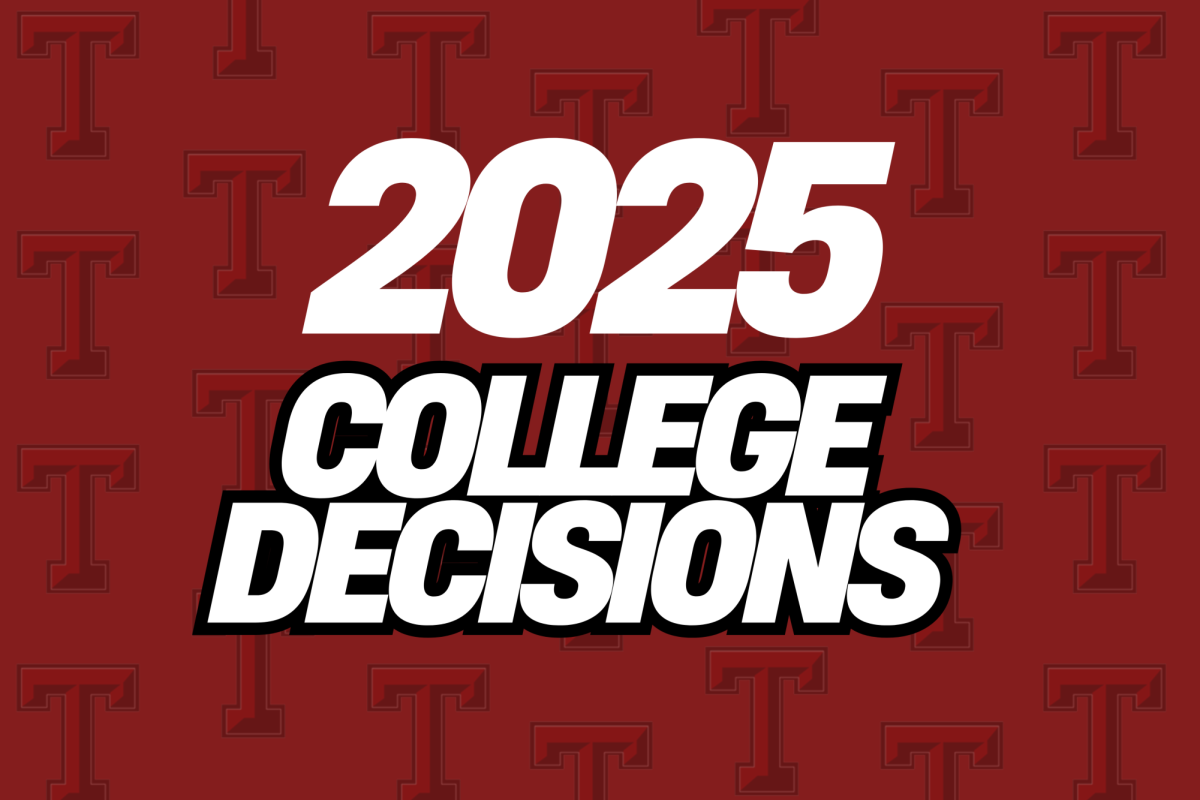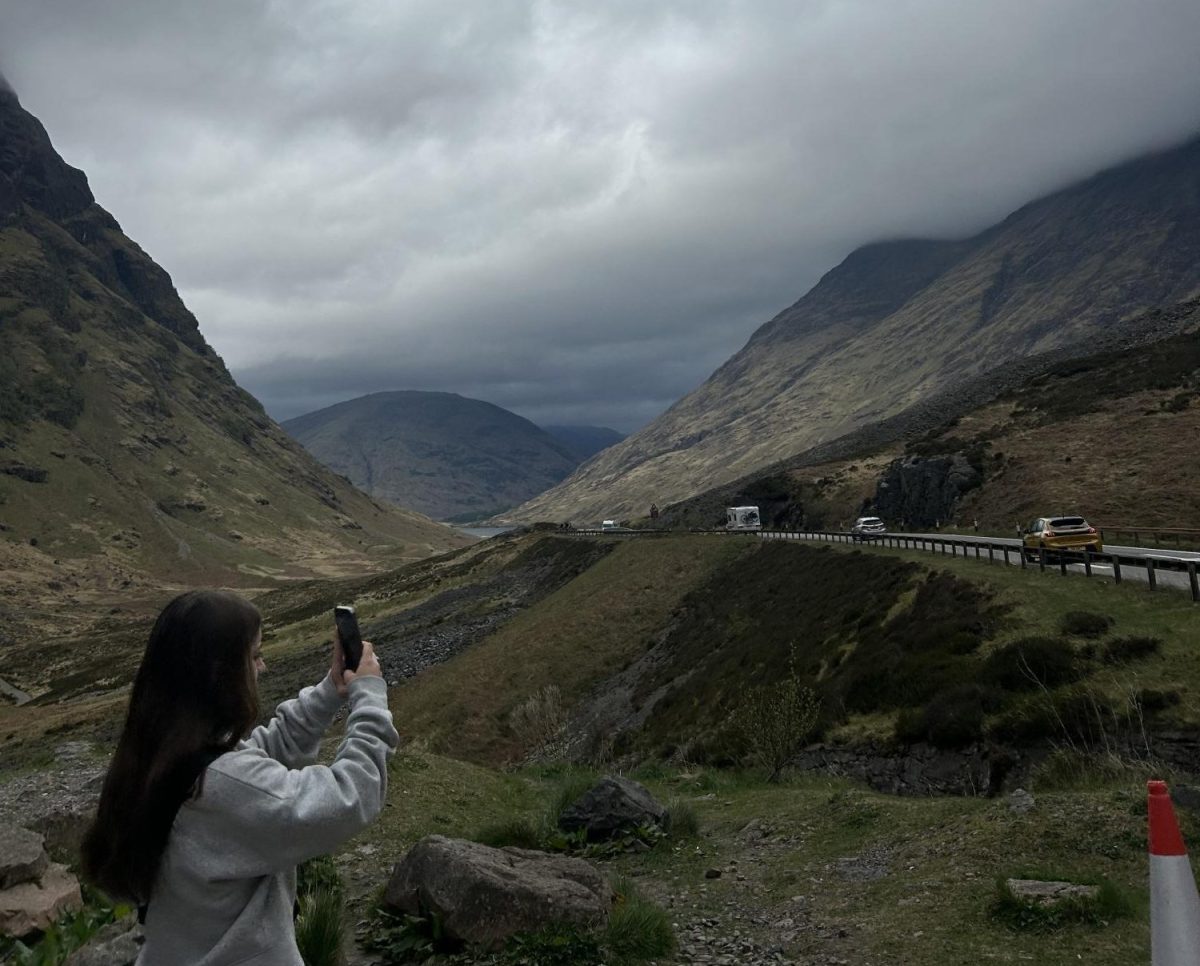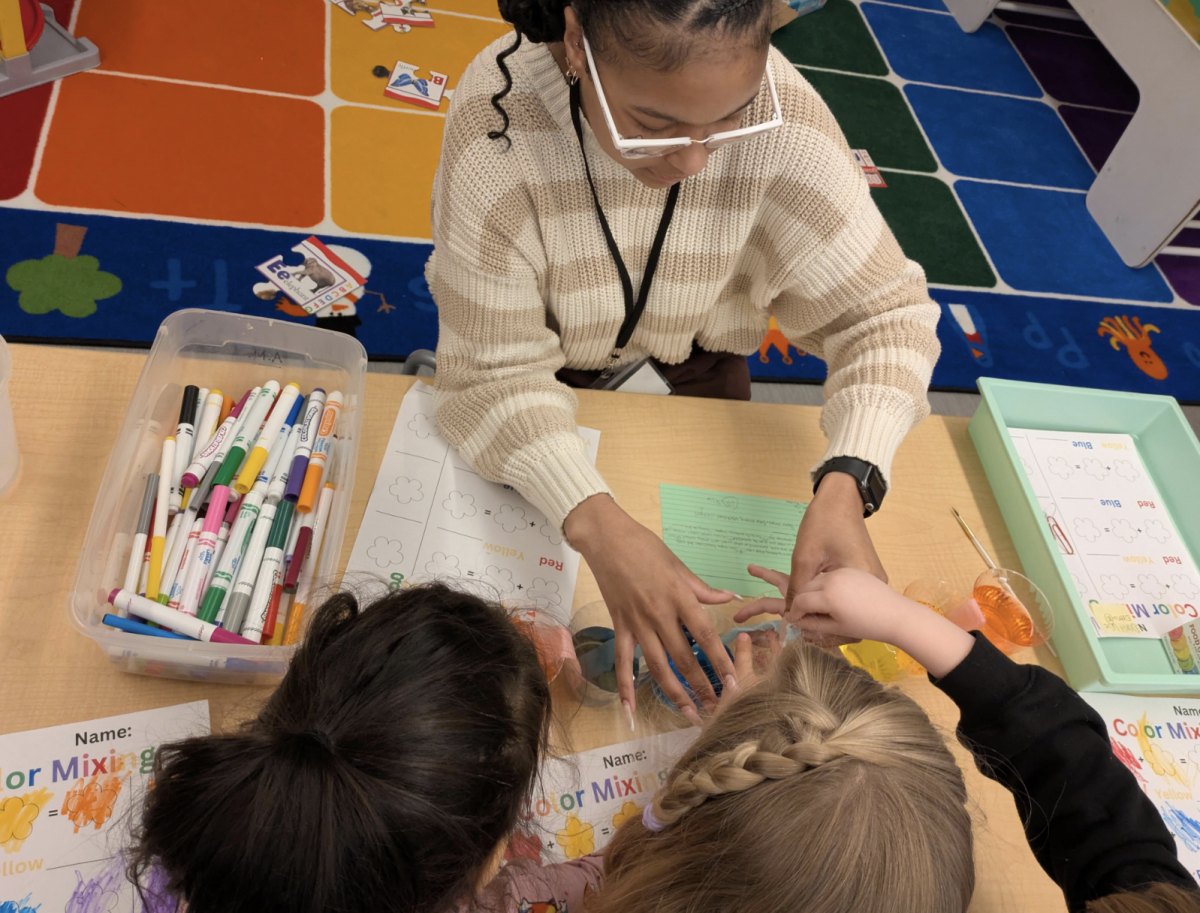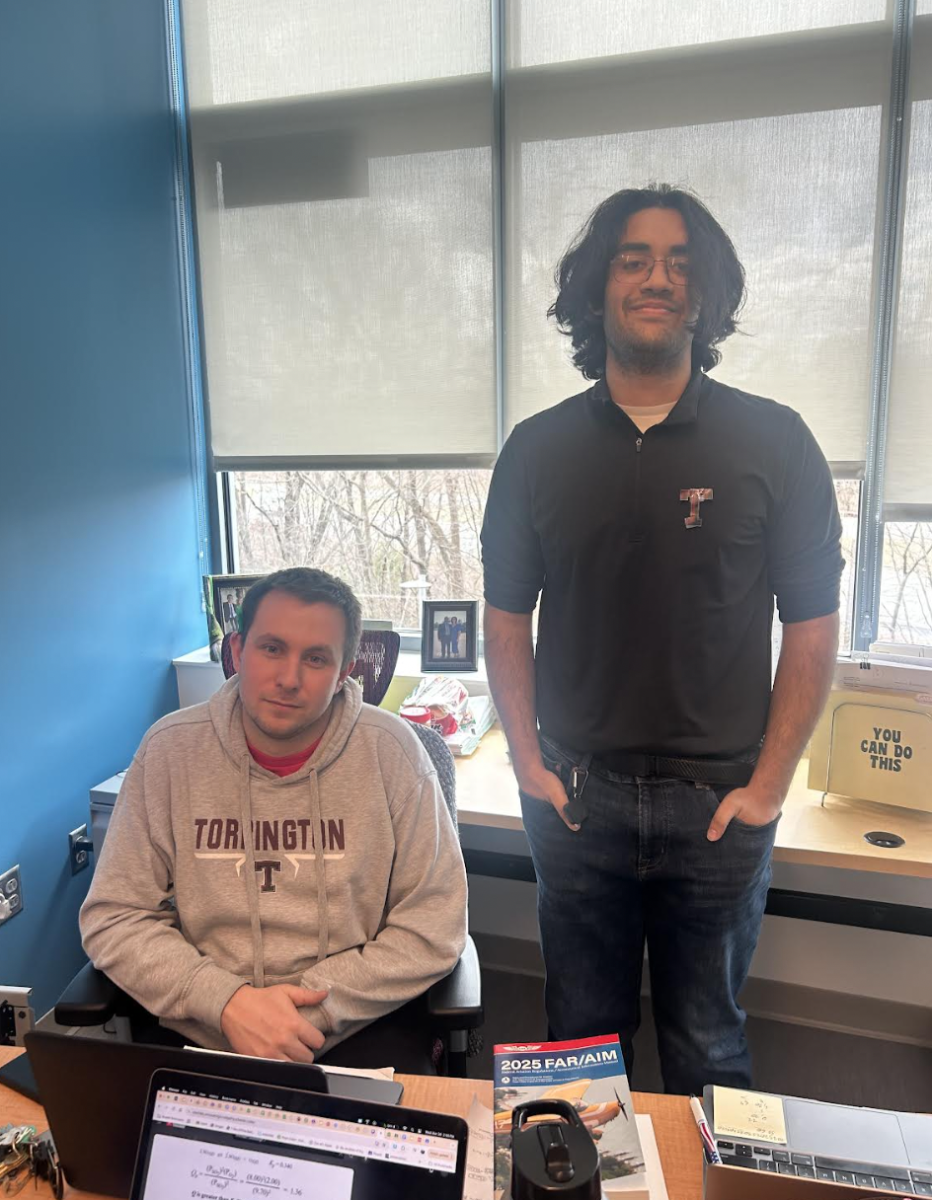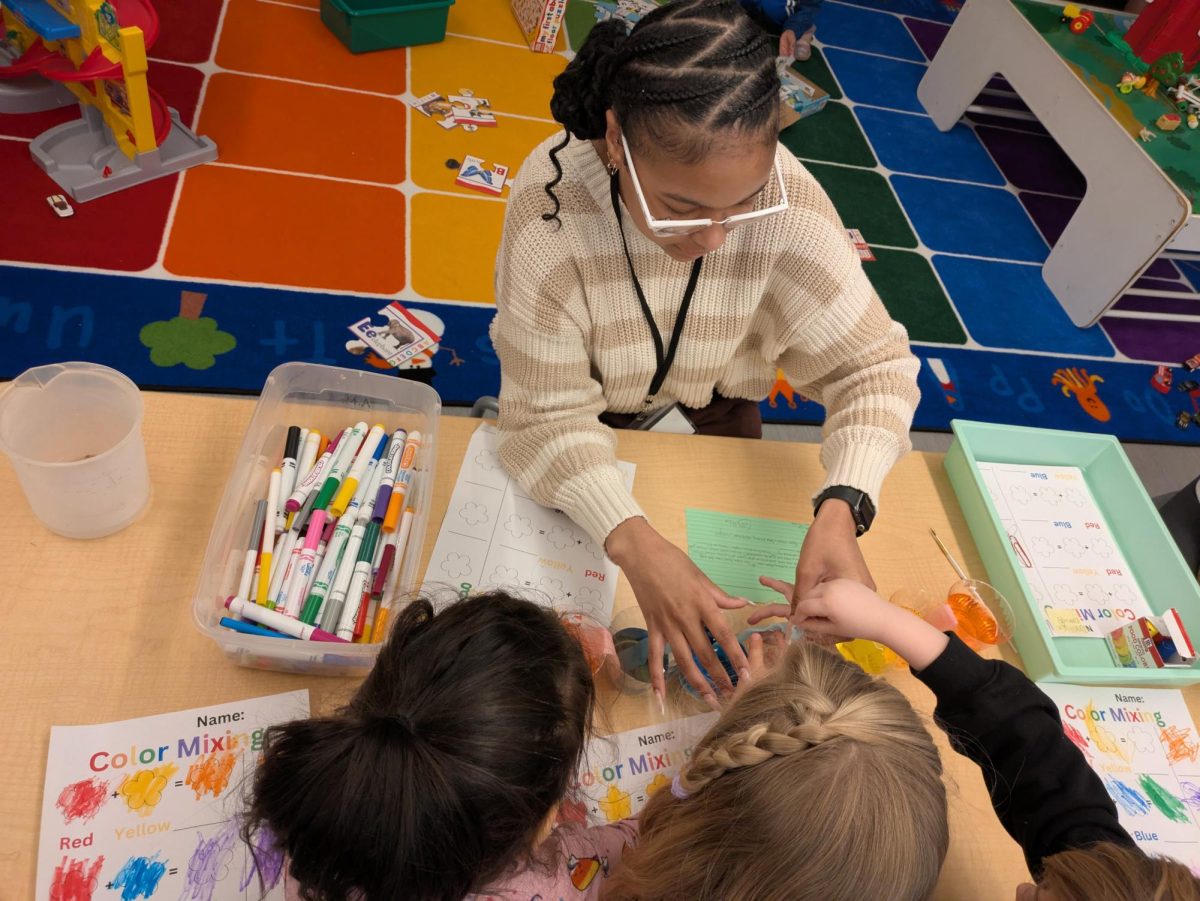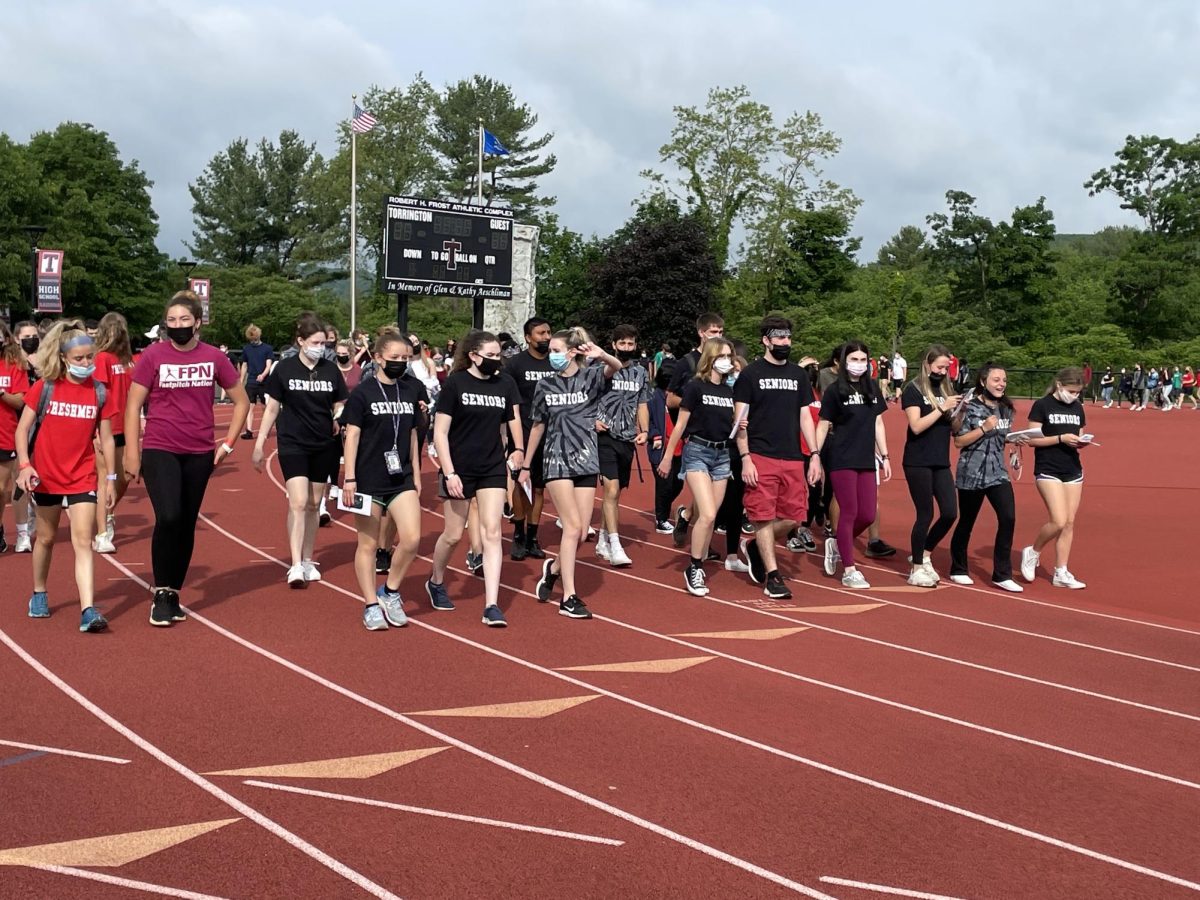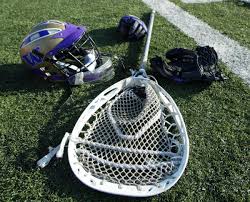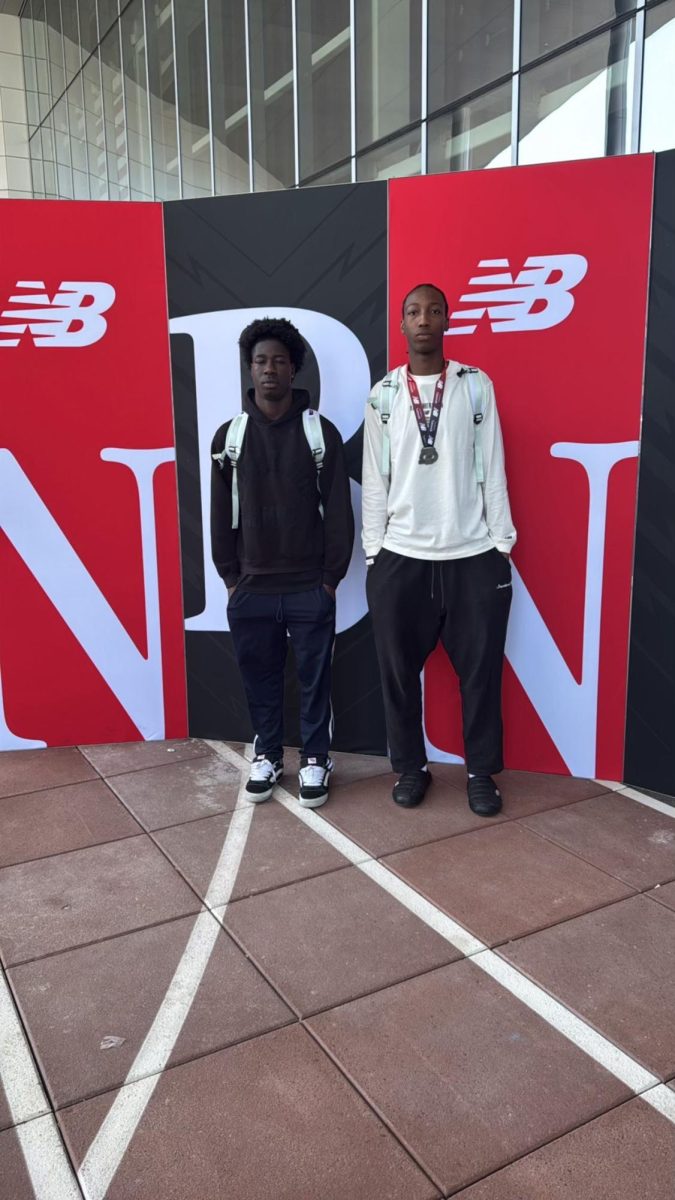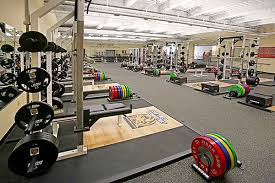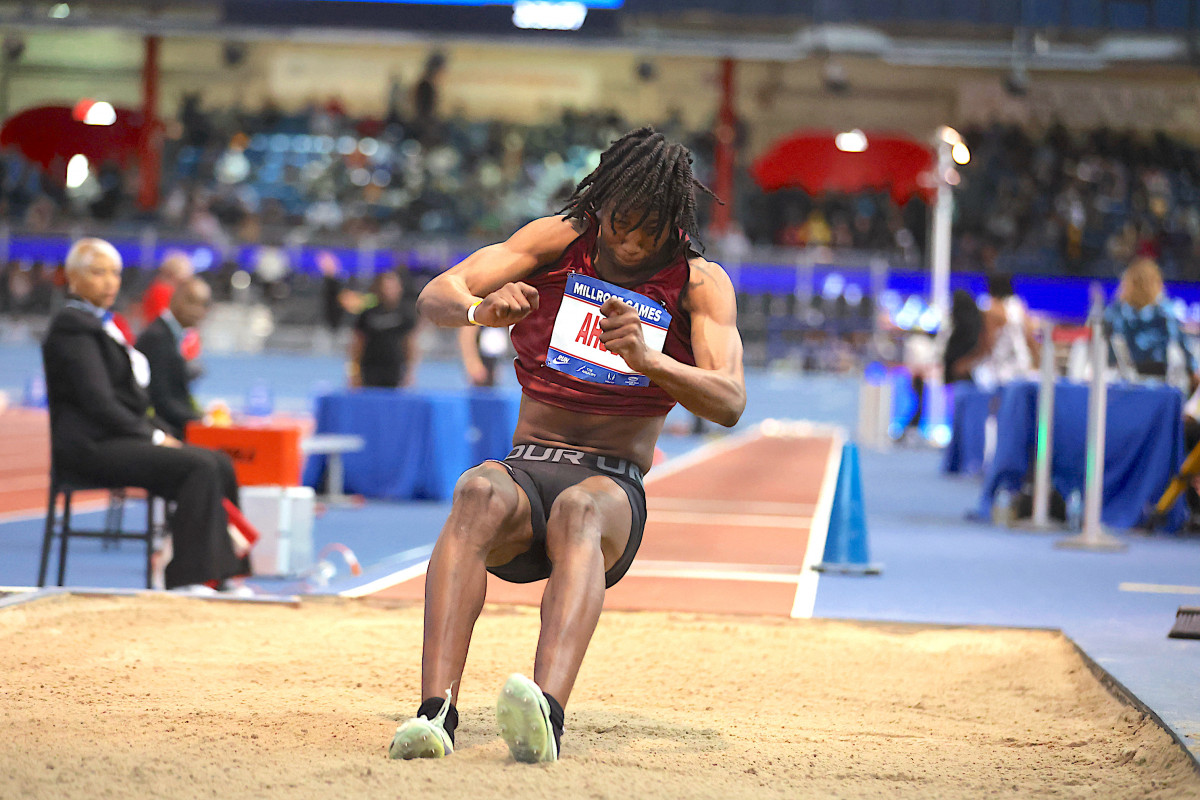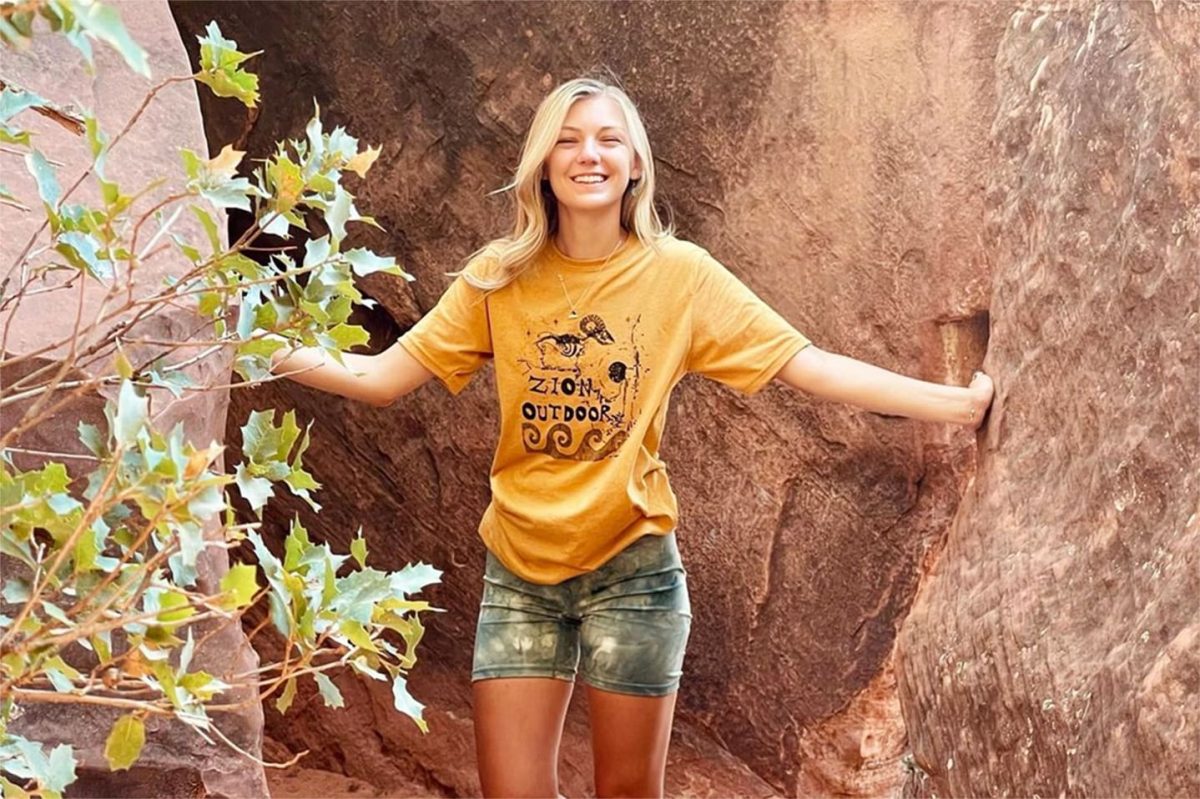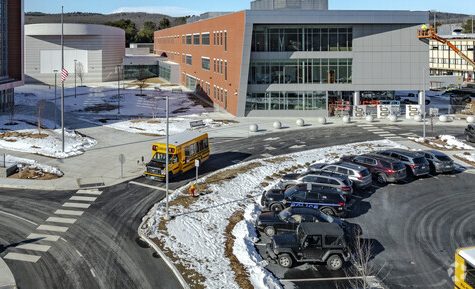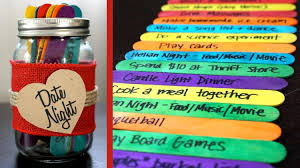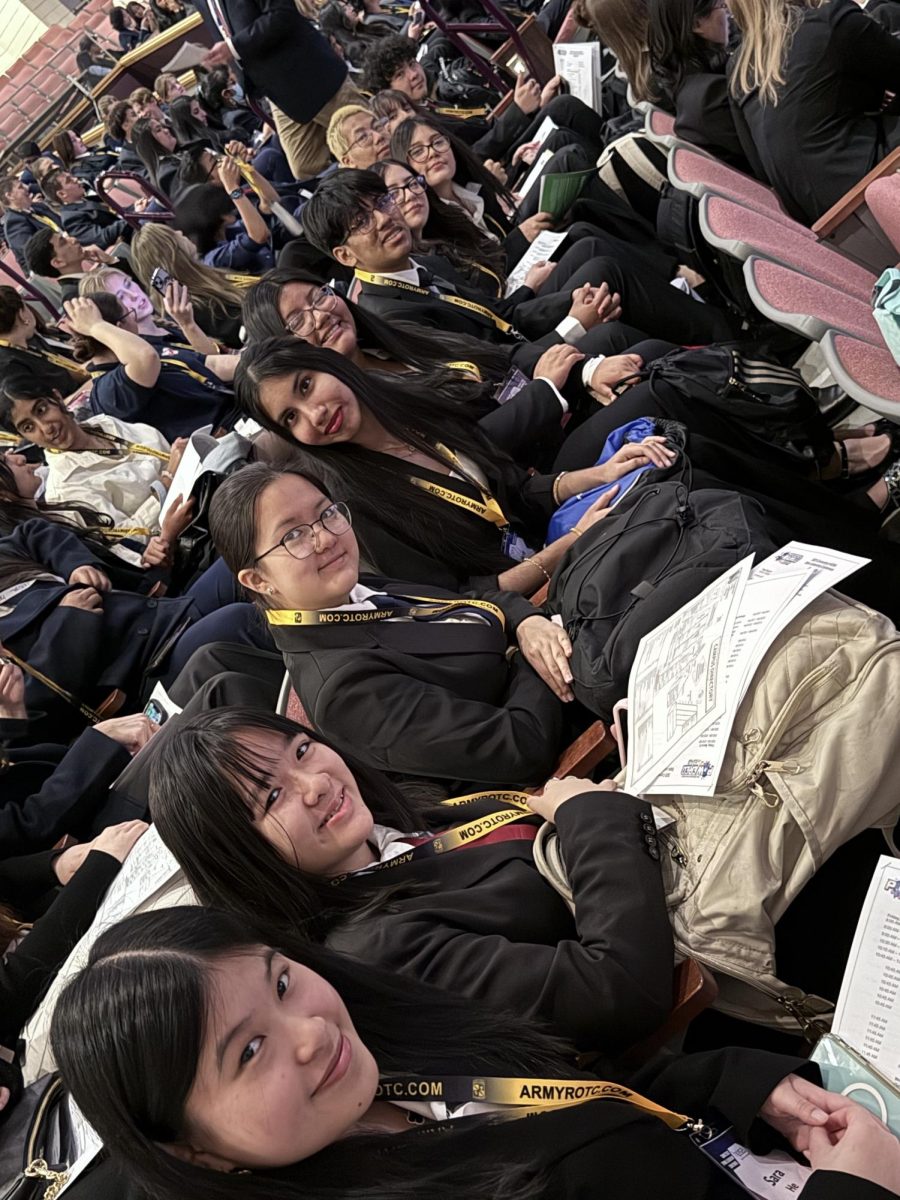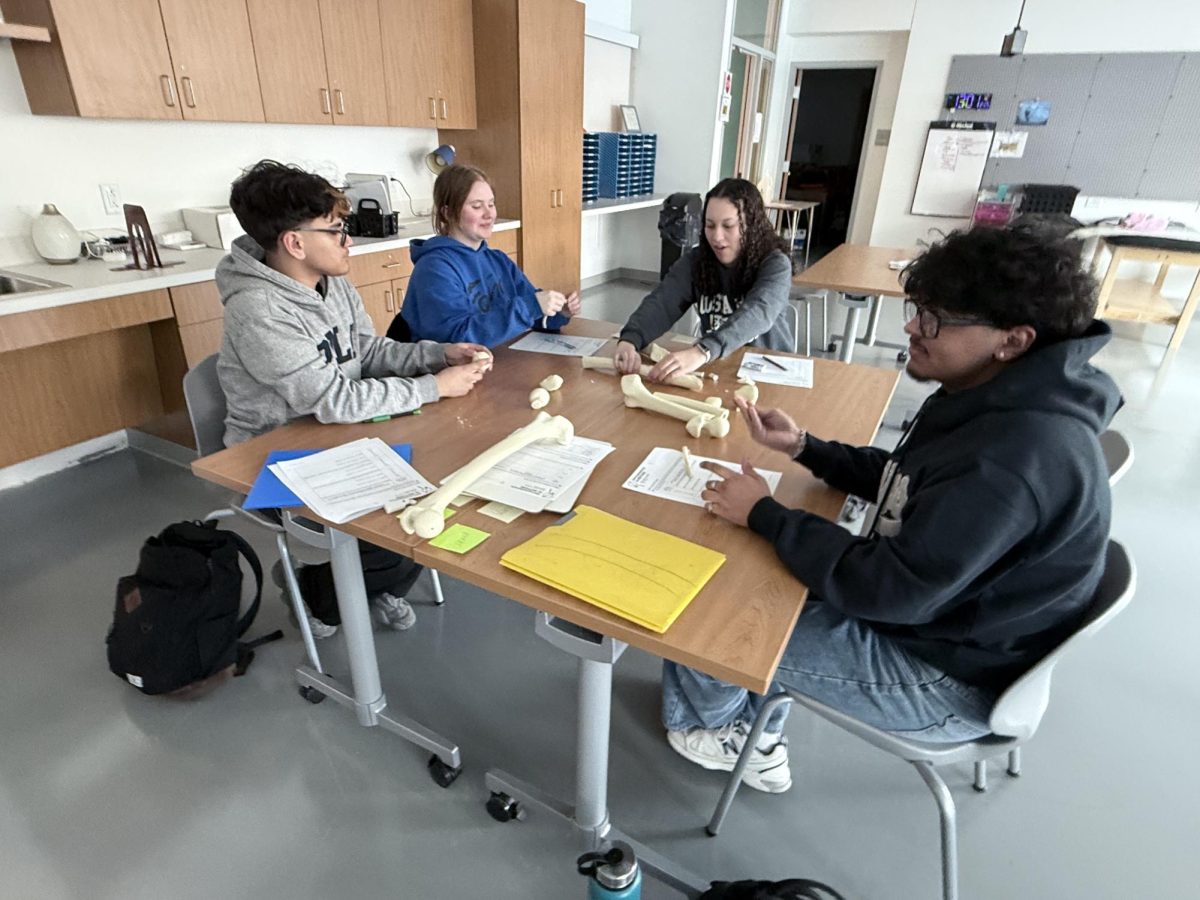Child Development students stepped into the teacher role last week as students taught in the THS preschool lab. Family and Consumer Science educator Jessie DeMarco expresses the hard work students had to put into their lesson plans: “The students were given ten appropriate lesson topics that align with the preschool’s curriculum. They then have to create a lesson plan that involves some kind of hands-on activity that engages the preschoolers.”
Child Development is a class that explores human development from conception through adolescence, focusing on physical, cognitive, and social/emotional growth, and the influence of biological and environmental factors. DeMarco reveals that it not only connects inside the classroom but also builds real-world skills: “This experience should give students more confidence working with young children, and it also gives them leadership skills, which are two crucially important things teachers or anyone in family and community services need.”
Gabriela Alvear, a student in the class, expressed the difficulties of keeping a group of preschoolers engaged and on task. Her lesson on making craft butterflies was designed to teach the different parts of a butterfly. Alvear found it difficult to implement her original plan.
“It was a struggle to keep the children focused on the task because they are easily distracted.” Despite the struggle, she enjoyed the experience: “It was fun to get the kids excited to use their own creativity to make their own butterfly.”
DeMarco states that each student had their “glows and grows,” meaning that there are some parts of the teaching experience that the students did really well on and other parts that can be improved for next time.
“Overall, this was the students’ first time in the preschool, so there is room for improvement, and this experience will just prepare them for their second lesson they will have to complete near the end of the year.”

